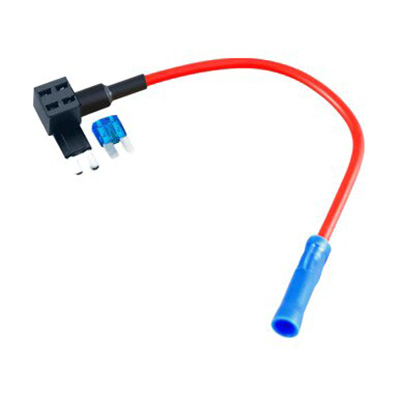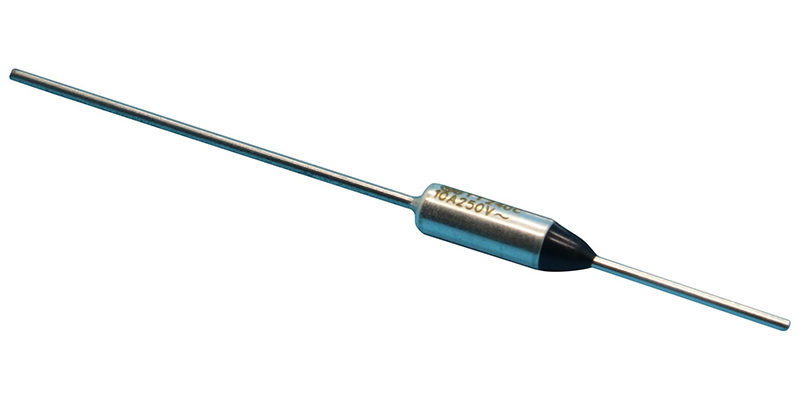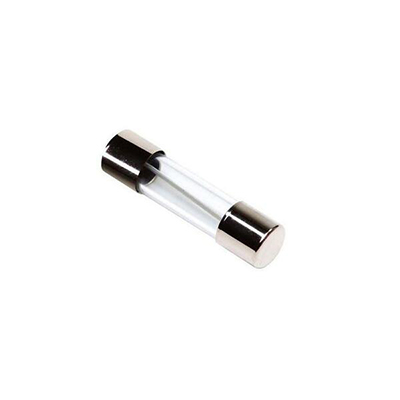Fuses for Vintage Automobiles That Align with Historic Electrical Requirements
News 2025-10-24
Vintage cars hold a special place in automotive history, cherished for their design and engineering. Ensuring that all components, including electrical systems, meet original specifications is crucial for maintaining authenticity and safety. Current fuses designed to match these specs provide a reliable solution, preventing electrical failures that could lead to fires or damage. By adhering to the precise current ratings and physical dimensions of the era, these fuses help enthusiasts restore and preserve classic vehicles without compromising performance or historical accuracy.
Application Scenarios in Restoration Projects
Vintage car restoration often involves replacing worn-out electrical components while keeping the vehicle true to its original build. These fuses are ideal for scenarios like rewiring dashboards, installing period-correct lighting, or upgrading ignition systems in models from the 1920s to the 1960s. For instance, in a Ford Model T restoration, matching fuses ensure that the low-voltage systems operate safely, avoiding overloads that modern fuses might not handle correctly. This compatibility extends to custom builds and museum exhibits, where historical accuracy is paramount, allowing restorers to focus on aesthetics and drivability.
Performance Benefits for Enhanced Reliability
These fuses offer superior performance by delivering exact current interruption capabilities, reducing the risk of electrical shorts in aging wiring. Their design emphasizes durability, with materials that resist corrosion and thermal stress, ensuring longevity in harsh conditions like road salt or high temperatures. Compared to generic alternatives, they provide better precision in current flow, which is essential for protecting delicate vintage components such as generators and distributors. This results in fewer failures and maintenance needs, making them a cost-effective choice for collectors and daily drivers alike.
Frequently Asked Questions
1. What types of fuses are typically used in vintage cars?
They often include blade, glass tube, or ceramic fuses, depending on the model’s era and manufacturer specifications.
2. How can I verify if a fuse matches original electrical specs?
Check the ampere rating, physical size, and material composition against the vehicle’s service manual or historical records for accuracy.
3. What happens if I use a mismatched fuse in a vintage car?
It could lead to overheating, circuit damage, or fire hazards, compromising the car’s safety and potentially voiding restoration efforts.


